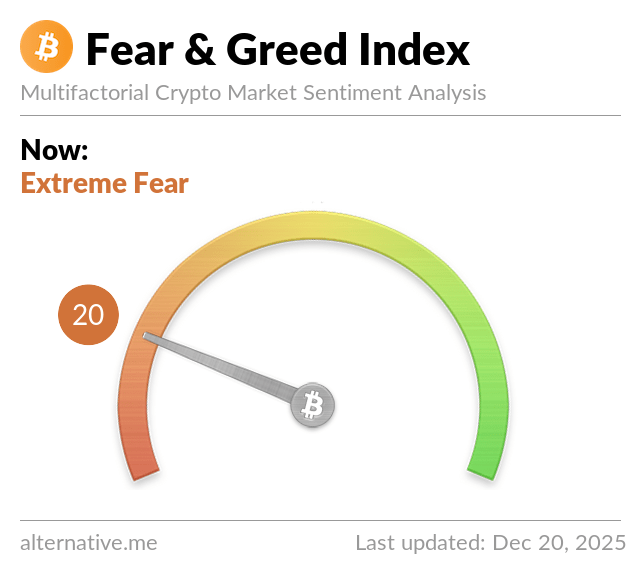
- Aave Labs introduces a groundbreaking platform for stablecoin loans backed by institutional funds and tokenized Treasuries.
- The Horizon tool bridges traditional finance and decentralized finance, providing 24/7 institutional-level borrowing capabilities.
- AAVE token recorded a notable 12% increase last week.
In a significant advancement for institutional finance, Aave Labs has unveiled Horizon, a sophisticated platform that allows organizations to secure stablecoin loans using real-world assets (RWAs) such as collateralized loan obligations (CLOs) and U.S. Treasuries.
This robust borrowing mechanism represents a pivotal evolution in the convergence of decentralized finance (DeFi) and traditional finance (TradFi).
Horizon reflects the evolving lending landscape at Aave, featuring institutional-grade products that effectively merge the efficiency and transparency of DeFi with the regulatory compliance that traditional financial entities demand.
Aave founder Stani Kulechov commented on this innovation:
“Horizon is designed for the expansion of tokenized real-world collateral, facilitating lending and borrowing on an institutional level. It offers the infrastructure and liquidity essential for institutional operations on-chain, promoting access, transparency, and market efficiency around the clock.”
Aave Labs rolls out Horizon 🚀
– Institutional borrowing vs tokenized Treasurys, CLOs
– Borrow USDC, RLUSD, GHO with predictable liquidity
– Powered by Chainlink Onchain NAV
– Partners: Circle, VanEck, Centrifuge, WisdomTree + moreMore: https://t.co/nZOLXF1w4W pic.twitter.com/J5LXn2Y1bL
— Fomos News (@fomos_news) August 27, 2025
With Horizon, businesses and major investors can utilize real-world assets such as tokenized Treasuries and real estate to borrow stablecoins like Ripple’s RLUSD, Aave’s GHO, and USDC.
Understanding Horizon’s Functionality
The platform operates on Aave V3’s permissioned version, enhancing its lending protocol capabilities.
The newly upgraded Aave version three network is now the backbone of Aave’s lending services.
Horizon permits institutions to engage with the blockchain realm seamlessly, minimizing regulatory hindrances. Participants only need to deposit tokenized securities, allowing them to borrow USDC, GHO, or RLUSD.
Importantly, stablecoin issuers are responsible for compliance, filtering qualified participants and managing permissible asset interactions.
Consequently, Horizon maintains a permissionless stablecoin market, preserving the composability of the DeFi ecosystem and ensuring year-round connectivity.
Timeliness of Horizon’s Launch
The introduction of Horizon coincides with the rising interest in tokenized RWAs, marking a critical phase for blockchain innovation.
Various industries, including leading corporations and government bonds, are venturing into tokenization to enhance the tradability and accessibility of previously illiquid assets.
As users leverage traditional assets to secure stablecoin loans, Aave will enjoy improved utility and liquidity, allowing individuals to liberate funds without liquidating their long-term investments while benefiting from blockchain’s continuous settlement capabilities.
Additionally, the Aave DAO stands to accrue extra revenue from the operations of Horizon, solidifying Aave’s stature as a dominant player in the DeFi lending space.
With increasing regulation around stablecoins in the U.S., Aave is poised to assert itself as a pioneer in this pivotal financial evolution.
AAVE Price Forecast
The AAVE token currently trades at $327, having surged over 12% in the past week.
However, the token has retreated from an August 23 peak of $376 amid market fluctuations.

Recent performance indicates a short-term bearish sentiment as AAVE faced a 1% price drop in the last 24 hours.
The trading volume has diminished by 25%, signaling a decline in trader interest within the digital token sphere.
Technical analysis shows dwindling momentum, as evidenced by the red histograms on the 3H MACD, while the Relative Strength Index indicates a dominance of sellers.
The broader market downturn plays a considerable role in AAVE’s current bearish phase.
Notably, crypto analyst Alex Clay identifies a monthly pattern that could propel AAVE to $1,000 if certain confirmations occur.
🔥 Textbook Cup & Handle formation on the Monthly
🔎 Currently retesting the Key Zone (neckline) — a clean breakout is all that’s left.When Large Caps season kicks in, $AAVE will run hard🚀
🎯 Market Top: $800 – $1000 pic.twitter.com/gixVpUOSWe
— Alex Clay (@cryptclay) August 27, 2025
This projection implies a potential for around a 200% increase from AAVE’s current market valuation. However, the realization of such a gain is contingent on continued development within the ecosystem and a broader bull market.













